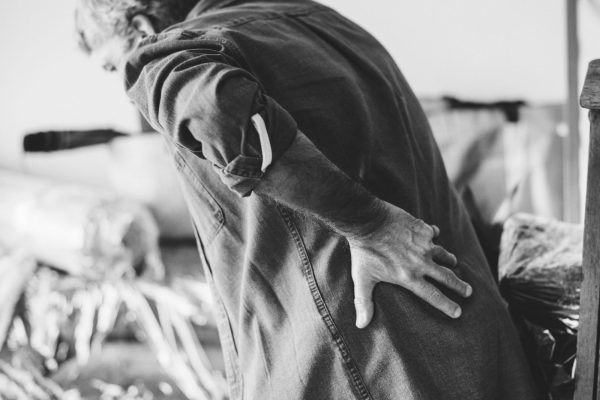Acute vs Chronic Pain & Inflammation
Sports Chiropractic & Massage | Placitas, NM
What was the mechanism of injury? When did it start? What have you done at home to address it?
When you ask someone for advice about pain, you tend to get a slew of questions rather than anything constructive. A good first step is to understand the difference between acute pain and chronic pain and how the approach to treating them differs.
Acute vs. Chronic
Pain is almost inevitably related to and associated with inflammation. Treating pain, in large part, requires managing and resolving inflammation. So what’s inflammation?
Inflammation is the body’s generic, first line of defense against any type of injury. It helps to rally the body’s resources and bring factors necessary for healing to the area. It increases circulation to the area and is classically described as having 5 cardinal signs (pardon the latin): rubor (redness), dolor (pain), calor (heat), tumor (swelling), and functio laesa (loss of function).
Managing inflammation can seem like a daunting proposition, but like all major undertakings just take it one step at a time.
Acute Injuries & Inflammation
Maybe you woke up in a wonky position and you have a sharp pain in the neck. You might have been bending down to tie your shoes and your low back went out. Towards the end of your run your knee started to hurt, but you were too close to home to stop. Whatever the circumstances, you are having a sudden onset of pain.
Acute inflammation is a healthy response that serves to protect and repair the body. It occurs from something damaging, whether that be an infection in a cut or a strained muscle. The key here is that it is the body’s expected and necessary response to an injury.
Management:
While a certain amount of inflammation is necessary for the body to heal, sometimes the body gets a little over-enthusiastic with the inflammation. Reducing the level of inflammation can help to manage the pain, stiffness, and loss of function associated with an injury. However, a certain amount of inflammation is necessary and appropriate. So what do we do?
Well there are two schools of thought. One is to use the RICE method. The other is to actively engage the damaged structures (albeit carefully). Joint movement and muscle contraction are how your body naturally processes inflammation and keep it from becoming stagnant around the injury. It seems a bit counterproductive to cut them out of the equation.
Since there is no consensus, I recommend a hybrid of the two approaches. Let’s call it RICEM.
- Rest
- Ice
- Compression
- Elevation
- Movement
I find that the first four are appropriate in the earliest stages of an acute injury (first 1-4 days-ish). After that, try replacing the compression with something more dynamic (such as kinesio tape) and gently get your body back into motion.
Chronic Injuries & Inflammation
Maybe you hurt yourself years ago, and over time you progressively got worse. Your whole body hurts for no apparent reason. Maybe the foods that you eat are secretly plotting to kill you. Whatever the case may be, you hurt on a regular basis and quite often nothing seems to help.
Unlike acute inflammation, chronic inflammation is not a part of the body’s natural healing process. What was supposed to be a useful healing mechanism has spun out of control and is instead causing damage. There is a wrench in the machine.
Chronic inflammation is a condition where dilated blood vessels and a hyped up immune system become the new norm. The human body isn’t designed to cope with this unfocused immune activity, and eventually chronic inflammation will cause organ damage. White blood cells usually protect the body from disease, but the unchecked white cell activity of chronic inflammation can make you more prone to non-infectious conditions such as cancer, asthma, allergies, arthritis, and autoimmune disorders.
Managing Chronic Inflammation
So what do you do?
It all comes down to lifestyle. Let’s consider triggers for chronic inflammation.
- Being Overweight
- High Glycemic Index Foods
- High Levels of Stress
- Smoking
- Pollution (Air & Otherwise)
- Poor Diet in General
- Improve what you eat. If you don’t know what that means, try an anti-inflammatory diet.
- Get some movement into your body. Be it through yoga, stretching & exercise, chiropractic or massage movement helps to decrease inflammation. It may be uncomfortable at first, but it will get better with consistency.
- Learn to manage your stress! But don’t let the fact that you’re stressed stress you out. Meditation and other mindfulness practices will not only help you feel better, they may even help you live longer while feeling better.


